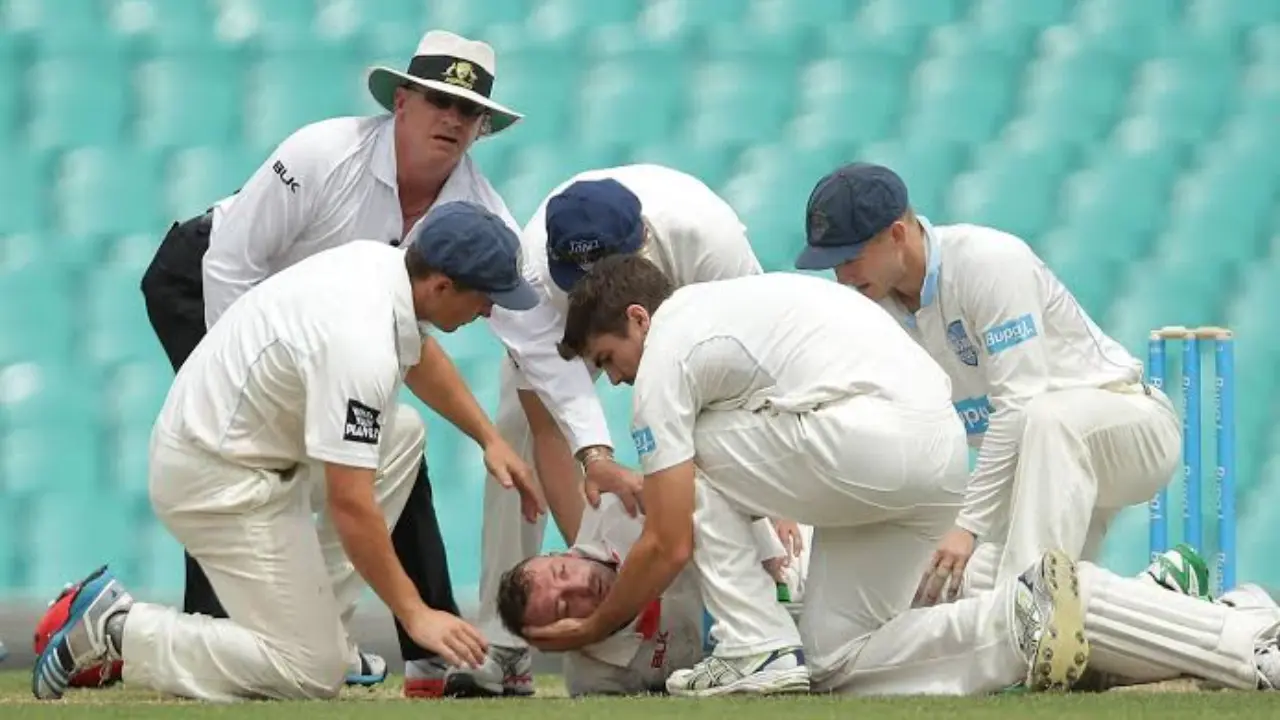This happened merely days after the former Australia batsman Phil Hughes tragically passed away on being smacked by a bouncer just behind his neck while playing for South Australia in Sydney. Hughes, in a bid to regain his place on the national side, never regained consciousness from the sickening blow and was declared dead two days later, just three short of his twenty-sixth birthday.
Much analysis and in-depth study over the next few years that followed though cleared the opposition of any sledding or allegations of putting excessive mental pressure on Hughes via a verbal volley, it raised more questions about cricket than providing answers. Did the bouncer laws need to be looked into? Were the batsmen safe against the short ball despite protection from the helmet? Should sledding be regulated on the field? Can the umpires play a role in limiting aggression from fast bowlers? How can batsmen feel further safe?
Unfortunately, only the last of them has partly found an answer five years after the trauma suffered by the Hughes family. Modern batsmen are equipped with stem guards on either side of the helmet to prevent the ball from crashing into exactly where it did for Hughes. And while the bouncer continues to operate from fast bowlers in full flow - it is tough to argue why it shouldn't for one extraordinarily catastrophic incident in over 150 years of cricket's existence - the induction of a concussion substitute remained a long and lengthy discussion for the ICC.
Yet, not surprisingly, the law came into play just days after its official inclusion in international cricket when Steven Smith was hit - and agonizingly close to the same area as Hughes had - by a ferocious bouncer from Jofra Archer operating at the dangerous pace at Lord's. Memories of that fatal afternoon of Hughes' collapse came closer with every passing second, especially as Smith lay on his back with the medical staff and the English team surrounded. Much to the relief of the cricketing world and beyond, Smith was able to walk off but inevitably missed the Headingley Test that followed out of precaution from the team management.
A concussion test has also become mandatory for any batsman struck by a bouncer although that may only end up shaking his helmet, which too is tested before being allowed to continue to be worn. Last week, two Bangladesh batsmen were substituted for a concussion on the same day, with prior incidents still fresh in minds.
While Hughes will continue to live in our hearts forever - it is a brutal reality each time his disastrous final moments are recalled - cricket still has no definite answers to make its players more safe and secure on the field. The miserable mishap may have led to even the umpires sporting a helmet and a hand shield in today's bat-dominated limited-overs cricket - Marais Erasmus and Bruce Oxenford have been observed with the security measures on the field - it remains difficult to fathom if cricket can be more cruel yet safe five years after the world stood shocked on the demise of a young, skillful Phil Hughes.
Five years on has cricket become safer post the Phil Hughes tragedy
A Mitchell Johnson bouncer hit India's stand-in captain Virat Kohli flush on the badge of his helmet at Adelaide. The entire Australian side quickly gathered around the batsman as he checked his thrashed helmet for damage, with the umpires also immediately expressing concern. Johnson quietly came checking and on his way back, was consoled by the then captain Michael Clarke for an upset and a tensed face.

